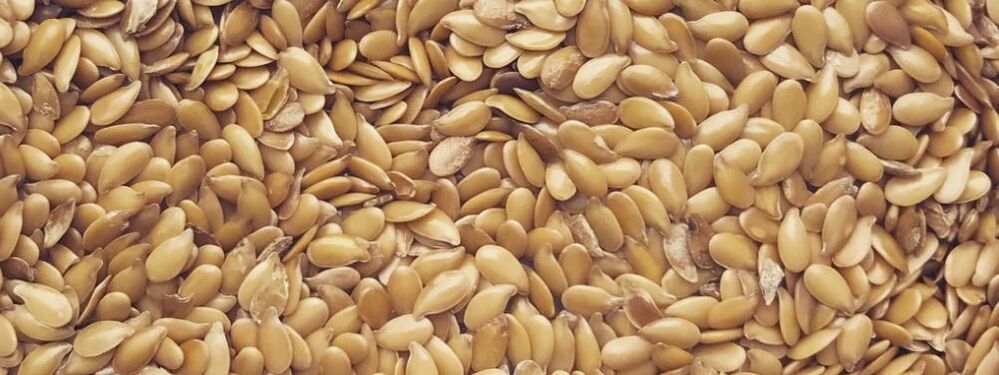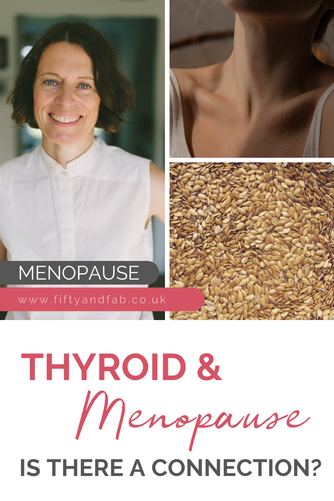|
Guest post from Alice, Alice Godfrey Nutrition. I am delighted to welcome Alice to my blog this week. We met on instagram and I loved her story. Having retrained after starting her family, she has a particular interest in thyroid conditions and especially how these can be related to or confused with menopause symptoms and how to tell the difference between thyroid and menopause. Alice is registered nutritionist and she helps women get to the bottom of their brain fog, weight gain, low mood or lack of energy, In this guest post, Alice explains what the thyroid is, symptoms if the thyroid goes wrong and how it can be confused with menopause. Alice explains ... The thyroid is a little gland in the neck that, just like the menopause, can cause havoc in our bodies, making it hard to be ourselves because of disruptive daily discomfort that affects our quality of life. Thyroid conditions are most likely to show themselves in our middle age and they are far more likely to affect women than men. So this can be happening alongside the menopause, or when we’re expecting to be affected by the menopause. There is some crossover with menopause and thyroid symptoms: sleep disturbances, mood imbalances, temperature dysregulation, brain fog, fatigue, dry skin and weight management issues. Sadly, these have long been put up with by women as just part of life. Thankfully nowadays, there is growing knowledge, help and discussion about what can be done to reduce them and it’s possible to take steps to do this, but what if some of your menopause symptoms were really thyroid ones? Or, what if your menopause symptoms are worse because your thyroid isn't functioning properly? This was found to be the case in a 2007 research study where women who were given thyroid medication for an underactive thyroid experienced reduced menopause symptoms as a result and I’ve also observed this with clients. This may be because they were actually mostly thyroid symptoms, or it may be related to the thyroid causing the body to be less efficient at detoxifying oestrogen. There is a strong relationship between an excess of oestrogen hanging around (common in menopause) and thyroid disorders. So what can be done? Helpfully, many of the natural ways we can reduce menopause symptoms will also support thyroid health. Eating flaxseeds regularly, for example, can be brilliant at bringing balance back to our hormone levels as they are a phytoestrogen so can replace the functions of some of the oestrogen we lose in menopause. And flaxseeds are a wonderful fibre and healthy fat which are important when there is low thyroid function. Cutting down on sugar, alcohol, dairy, gluten, caffeine and stress are usually hugely beneficial to do in menopause but will also will put less pressure on an ailing thyroid. In general, eating a whole food, mediterranean style diet, is what to aim for. Whole grains like brown rice, quinoa and buckwheat, healthy fats like nuts, seeds, organic eggs, oily fish and extra virgin olive oil, a rainbow coloured selection of vegetables and fruit (for the broadest range of nutrients and antioxidants) and lots of (ideally filtered) water (about 2 litres a day). Osteoporosis risk is higher with thyroid disorders (as well as due to menopause) so make sure you’re taking a vitamin D and K2 supplement (both so important for bones). I don’t usually recommend calcium supplements to my clients as it’s easier and healthier to get it from foods like seeds (especially sesame and therefore tahini and hummus), green leafy vegetables (a cup of broccoli has more calcium than a cup of cottage cheese) and tinned fish like sardines and salmon that have soft edible bones. Keeping your blood sugar levels balanced by eating enough protein (especially alongside carbohydrates) and not skipping meals make a huge difference when it comes to hormones. Finally, from the natural side of things, there are also wonderful herbs and nutraceuticals (well researched and sophisticated supplements) that can make a huge different in supporting both of these areas. Thyroid conditions can go undiagnosed for years due to current conventional testing methods (see below) and I don’t like the thought of women suffering in silence. Both menopause and thyroid symptoms can be debilitating and make daily life a chore rather than a pleasure and I’m passionate that women should strive to feel amazing, rather than just ‘fine’. If you suspect you might have a thyroid problem - maybe you’ve been tested and your results came back as ‘normal’ and you were sent away even though you have symptoms - you might be interested to read my ebook ‘When normal isn't normal | the truth about thyroid testing and 3 strategies to feel better’. And I’m offering Fifty & Fab readers a free health goals planning call to talk about any health concerns you might have. No big sell! Although of course I can tell you about my programmes if you’re interested. www.alicegodfreynutrition.com Thank you so much Alice, this is really clear and important information. I always include flaxseeds in my diet now - generally with breakfast, either by adding to a smoothie or using in porridge. Or I include them in healthy treats when I do some baking. It is an easy and simple change to make. I like to think I eat healthily most of the time but I could still benefit from cutting down on sugar, alcohol etc. And stress is a massive contributor to my issues with sleep etc. I must admit to not knowing much about the thyroid and I didn't realise that problems can be so easily confused with menopause symptoms. Alice is based in London but her consultations are done via zoom or phone. Love from Michelle xx Disclaimer: this is a guest blog post and not a collaboration. I link up with: Is This Mutton #WowOnWednesday Mummabstylish #Chic&Stylish Nancy's Fashion Style Fancy Friday What is a link-up? It is a way to connect with other bloggers and share content and hopefully for me to be found by others and for my followers to discover new blogs!
4 Comments
Michelle Green
30/3/2021 10:19:33 am
Glad you found it useful Nancy, do you use nutrition to try and help with your symptoms? Michelle xx
Reply
This has been such an eye opener! I've recently noticed a swelling where my thyroid gland is (left side). After some doctor's and hospital visit, scans etc. I've been told that both glands are swollen, one more than the other. I don't know, and didn't think to ask whether I had an overactive or underactive thyroid.
Reply
8/4/2021 08:36:30 am
Hi Joieisa
Reply
Your comment will be posted after it is approved.
Leave a Reply. |
Michelle ...Welcome to Fifty & Fab, a lifestyle blog designed to inspire and empower you. As a dedicated blogger, I share my passion for health, menopause, fitness, beauty, and style, with a special focus on women over 50. Categories
All
Subscribe below to receive regular updates by email:

Hi, I’m Michelle and my blog Fifty & Fab is all about my journey into and through my 50s. I started this blog in 2016 with the purpose of helping other women at this stage of life. I’m delighted that my blog has grown to over 13k visitors per month. Visit my Work with Me page and request my Media Kit for details of product reviews, blogging services and social media content creation.
Join my mailing list (above) for regular updates and don’t forget to look at my social media pages too.. Archives
July 2024
|








